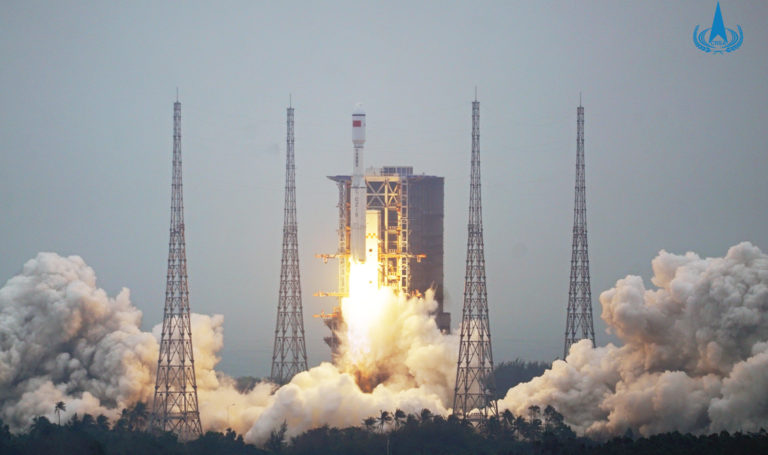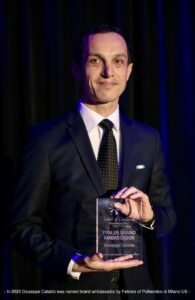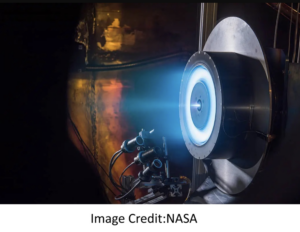
The vehicle was launched from Wenchang launch site and it completed the first phase of strategy towards rocket reusability. China’s space agency has confirmed that the technology employed will be different from SpaceX for the reusable carrier vehicle. China Aerospace Science and Technology Corp. asserted that the new rocket is able to carry, in terms of Chinese launch capacity, between 3 and 4.5 metric tons to sun-synchronous orbit.
The rocket, which is 50.3 meters long and 356 tonnes take-off weight, lifted off after a two-day delay because of the unfavorable weather and successfully inserted five satellites into the intended orbit. The ‘Long March 8’ is powered by a 3.35 meters diameter first stage, which burns kerosene-liquid oxygen, and a 3 meters diameter cryogenic second stage burning liquid hydrogen and liquid oxygen. The core stage consists of a pair of YF-100 kerolox engines with two 2.25-meter diameter side boosters, each using a single YF-100 engine. As the thrust management is the prime factor for the rocket reusability, during the launch thrust was throttled down to 77.5 percent around the time of maximum dynamic pressure.
The officials have confirmed that they will test a rocket stand in the subsequent year that will be utilized to launch the Long March-8R, a future variant of the current vehicle. The reusable version’s first stage and booster engines are likely to be retrieved through vertical landing, lowering the upcoming launches’ cost and preparation time. On a positive note, this technology would also benefit others to meet a demand for more economical and frequent medium load commercial missions.







